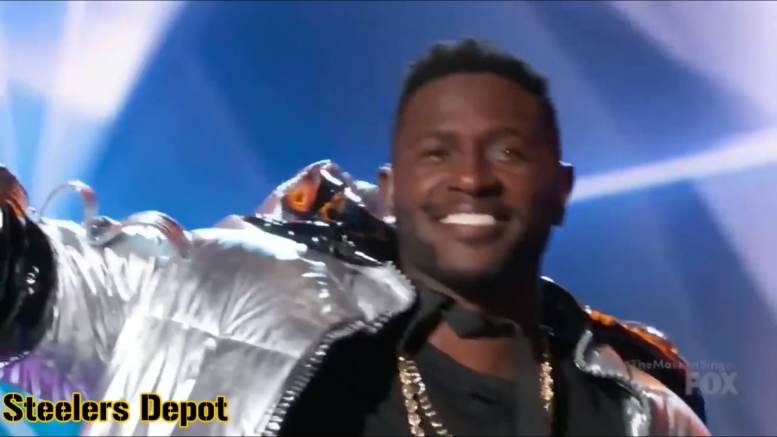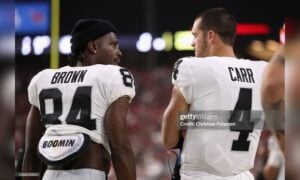It was just a couple of days ago that Pittsburgh Steelers wide receiver Antonio Brown met with team president Art Rooney II, following which the former took to social media. While he expressed his thanks and appreciation for his relationship with the Rooney family, he noted that both sides concluded that it was time to move on.
Evidently, however, Brown didn’t relay everything he was told. General Manager Kevin Colbert shared some additional bit of information when he spoke to reporters yesterday, telling them that while the best course of action would be to a trade, they would not give Brown away for a bargain, so the trade would have to make sense from an organizational standpoint.
According to Aditi Kinkhabwala, Brown was told this during the meeting, which also at one point involved others, including Colbert and Omar Khan. The NFL reporter also said that he was “advised to stop hurting his trade value”.
Told by someone apprised of the Art Rooney-Antonio Brown meeting that AB was told just this – and advised to stop hurting his trade value. Steelers are not going to move the star wide receiver just to get rid of him. https://t.co/TeX0zoIbKh
— Aditi Kinkhabwala (@AKinkhabwala) February 20, 2019
Which makes sense, obviously, for both sides, and gives Brown incentive to start acting reasonable. By ostensibly threatening Brown with the possibility of retaining him, it motivates him to change his behavior so that whatever team that ultimately trades for him will be willing to offer a higher level of compensation.
This aspect, at least, is a win-win for both sides. Brown gets the trade that he wants—or at least a trade, as it might not be the one he wants—and the Steelers get him to stop sabotaging his trade value, which he participated in in an effort to force the team’s hand to trade him in the first place.
This is arguably the best news that we have had in the Steelers’ camp all offseason. We have been heading toward a trade as a seeming inevitability for the past couple of months already, and Brown had exhibited increasingly bizarre behavior that was straining his relationship with the organization and souring other teams on possibly acquiring him.
Hopefully the face-to-face meeting set the table for the Steelers achieving their best-case scenario in the trade. It would be great if they were able to get a first-round pick for Brown, but his behavior has seemingly made that less and less likely to happen.
Does he have enough time to play the good soldier long enough to convince teams that he could be an asset to their organization both on and off the field? Because that’s really what it all comes down to. There are about three or four weeks remaining before a deal ostensibly ought to be made.
Conceivably, if they were unhappy with the trade offers they received, they could be willing to wait, paying him his $2.5 million roster bonus and looking to move him later in the year. But the hope is that the situation is fully resolved before it reaches that point.








